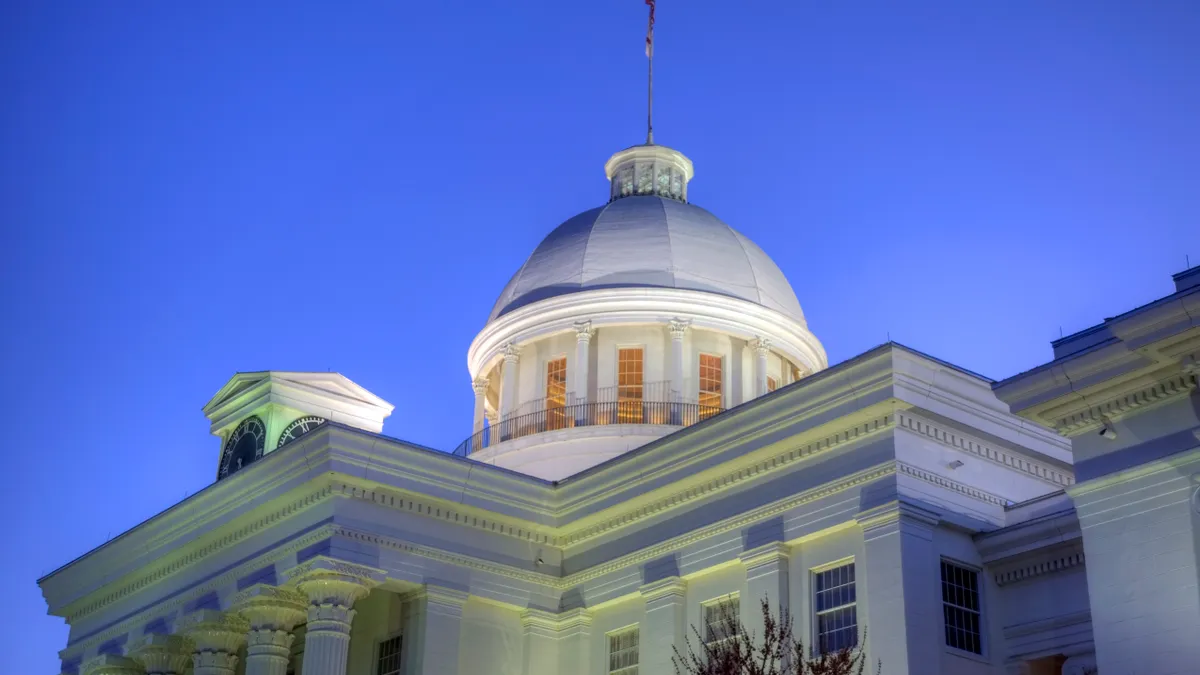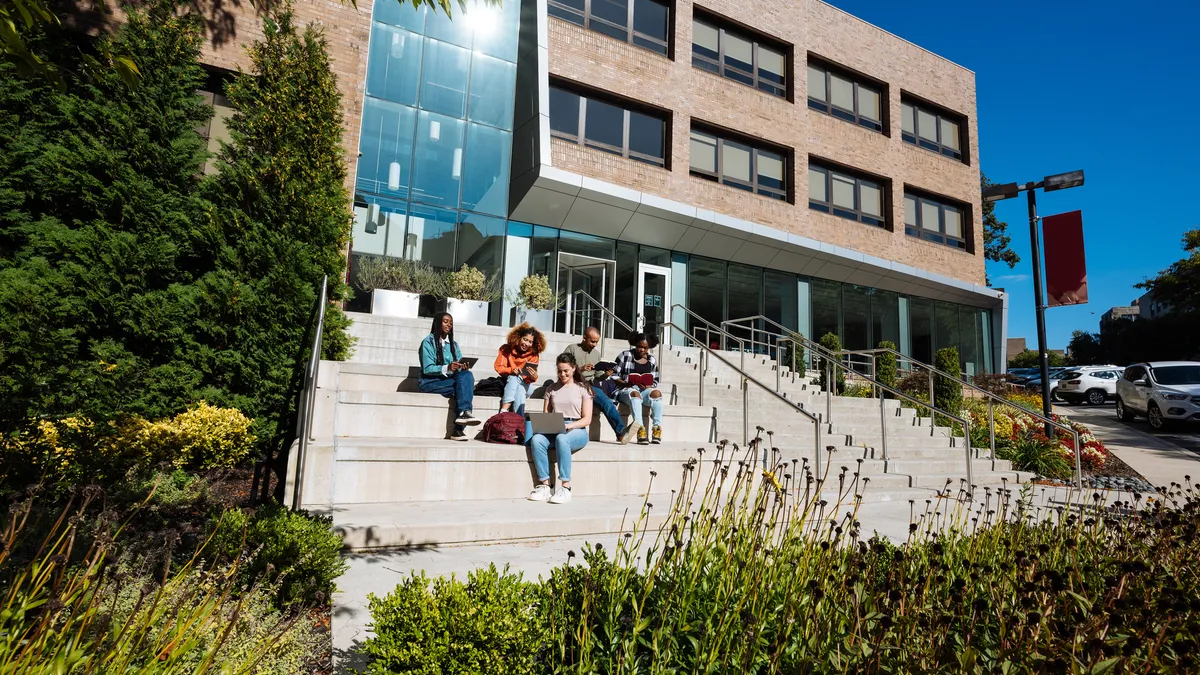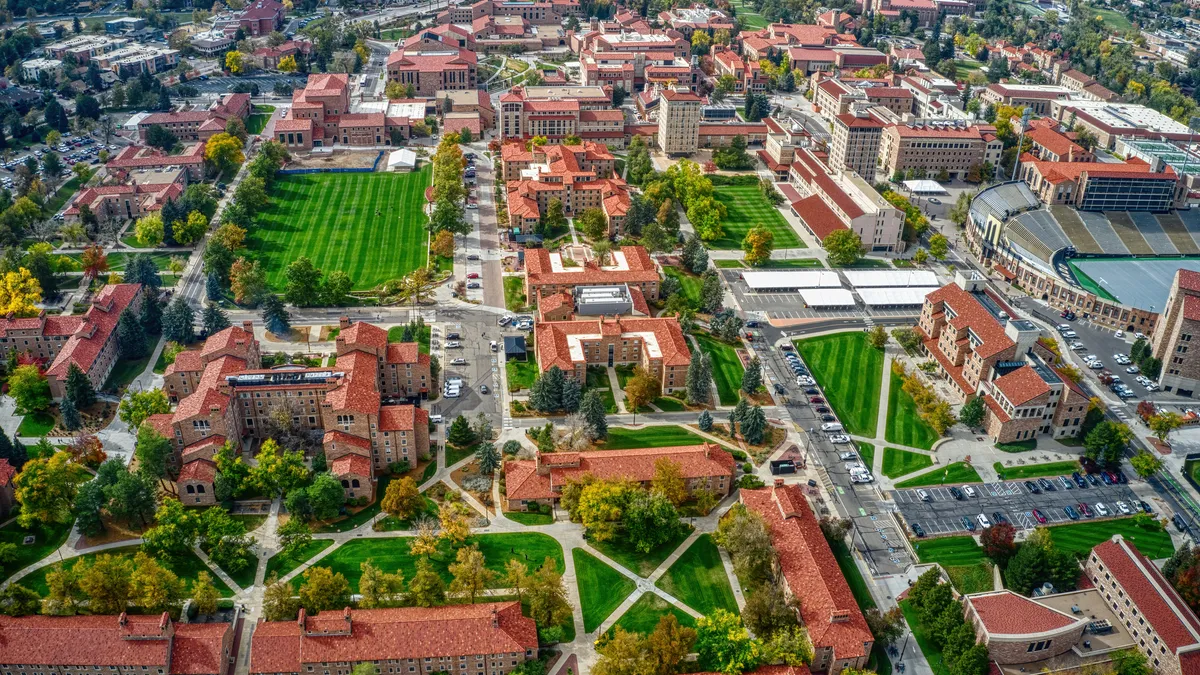Ricardo Azziz has held numerous executive positions in higher education and led the merger that resulted in Georgia Regents University, now Augusta University. He is principal at Strategic Partnerships in Higher Education Consulting Group.
He writes the regular Merger Watch opinion series on corporate restructuring in higher education.
Birmingham-Southern College is a private liberal arts college in Birmingham, Alabama, affiliated with the United Methodist Church. Interestingly, the college is a product of a merger in 1918 — that of Southern University and Birmingham College.
The school began to experience significant financial strain more than a decade ago when, among other issues, it was found that the school for years had failed to subtract Pell grants from students' financial aid packages. That led the college to award too much financial aid, creating a budget shortfall of about $5 million a year.
That deficit grew to about $30 million by 2022, despite numerous efforts to raise funds and trim expenses. The college is small, with enrollment at a little over 1,000 students in fall 2021, down 11% since fall 2013.
With the support of city officials, the college had been petitioning the state government to provide funds to allow the institution to remain open. Those officials cited research showing the college pumped almost $100 million into the local economy annually.
Elected officials proposed, and the governor — despite early statements to the contrary — signed into law, SB 278, creating the Distressed Institutions of Higher Education Revolving Loan Program. While not specifically mentioning Birmingham-Southern, the amount appropriated for the loan program was $30 million, the exact amount the college requested from the state.
Birmingham-Southern President Daniel Coleman, his legislative staff and the governing board of the college are to be congratulated on their political prowess. Other higher education institutions in Alabama — and elsewhere — have not been that fortunate.
The 82-year-old Southeastern Bible College in Birmingham shut down in 2017, the 96-year-old Concordia College Alabama in Selma closed in 2018, and the 183-year-old Judson College in Marion closed its doors at the end of the academic year in 2021.
Looking deeper at college bailouts
The U.S. has a long history of bailing out distressed or failing businesses, often for the right reasons, but also often with unfortunate consequences, including the propping up of inefficient or outdated enterprises.
Government bailouts of distressed private colleges are uncommon, although such support is much more common among public institutions. So, the question remains — is governmental support for distressed colleges a good thing?
You might first ask, good for whom? For one, is it a good use of taxpayers’ monies? And is it good for the school’s students?
At first blush, it can appear to be an obviously good thing. But let’s look a bit deeper.
First, we must understand that state funds are finite, and funds allocated to one purpose will necessarily limit the availability of funds for other aims. It is hard for this observer -– a strong believer in the power of higher education to boost the future of families and beyond -– to comment objectively either way. But other sectors, such as those addressing the elderly, the uninsured or the homeless, may have different thoughts.
Second, taxpayers may ask what strategies have been put in place to ensure that the borrowing college’s financials will improve, thus ensuring that their investment is a good one?
This is not just a rhetorical question. The future does not look very bright for small colleges across the U.S., which have lost 10% to 35% in total enrollment in the past decade, depending on their student body size. And it’s only going to get worse, considering the massive excess capacity inherent in the nation’s higher education institutions and the looming enrollment cliff.
When the International Monetary Fund provides funding to distressed nations, it typically does so with the proviso that a country’s government and the agency agree on a program of economic policies. Those policies aim to address the borrower’s underlying fiscal and structural deficits and defects to help overcome the problems that led it to seek financial assistance in the first place. These agreements are made before the IMF lends to the country.
Perhaps we should do the same when governmental support is provided to any distressed institution, including colleges and universities.
A final question is whether the bailout of a distressed college is good for the students. The answer is that it depends.
For example, funding to allow a college to close in an orderly, organized and transparent fashion rather than in an abrupt and unplanned manner is money well spent, considering the enormous negative impact of the latter on students.
Alternatively, funding to support a college or university that simply prolongs the inevitable will do more harm than good, as more students are put at risk for suffering an institutional closure or for the potential decline in the value of their degree.
It is important for communities, including taxpayers, to support distressed higher education institutions. But that should only be the case if these institutions are willing to consider strategies that differ significantly from the tactics they have already been implementing -– the same tactics that led institutions to their current financial straits.
Different strategies should include consideration of organizational restructuring, including mergers and other forms of strategic partnerships, even if this means a loss of some of the institution’s autonomy.
For the sake of the students.































